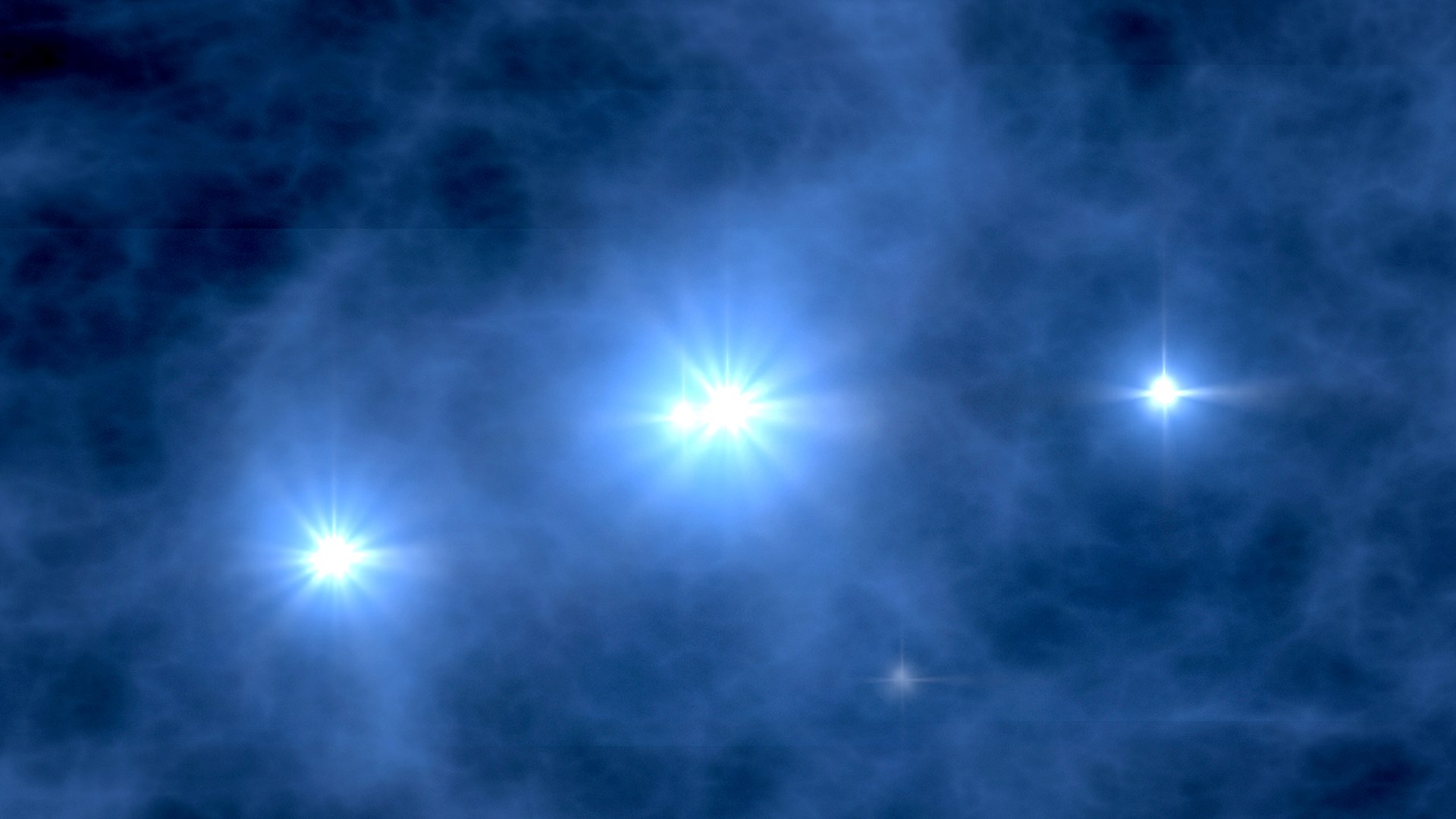
Continue reading
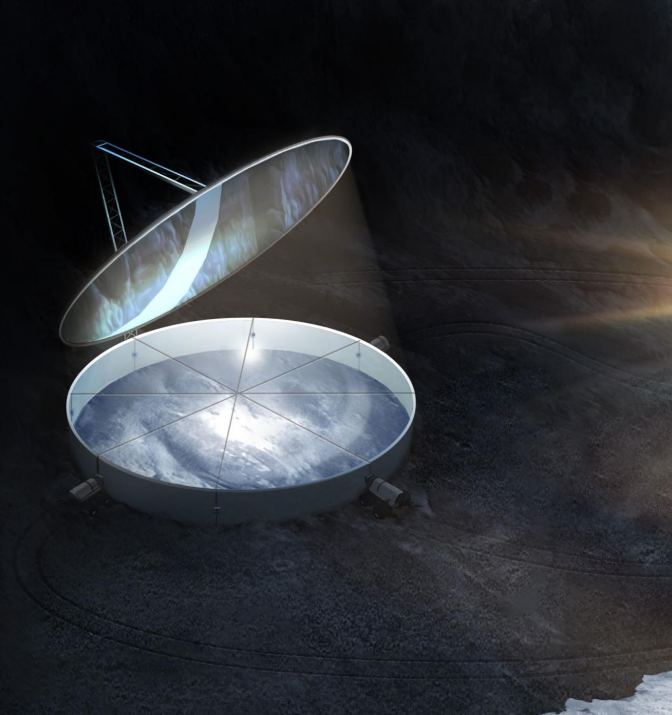
Continue reading
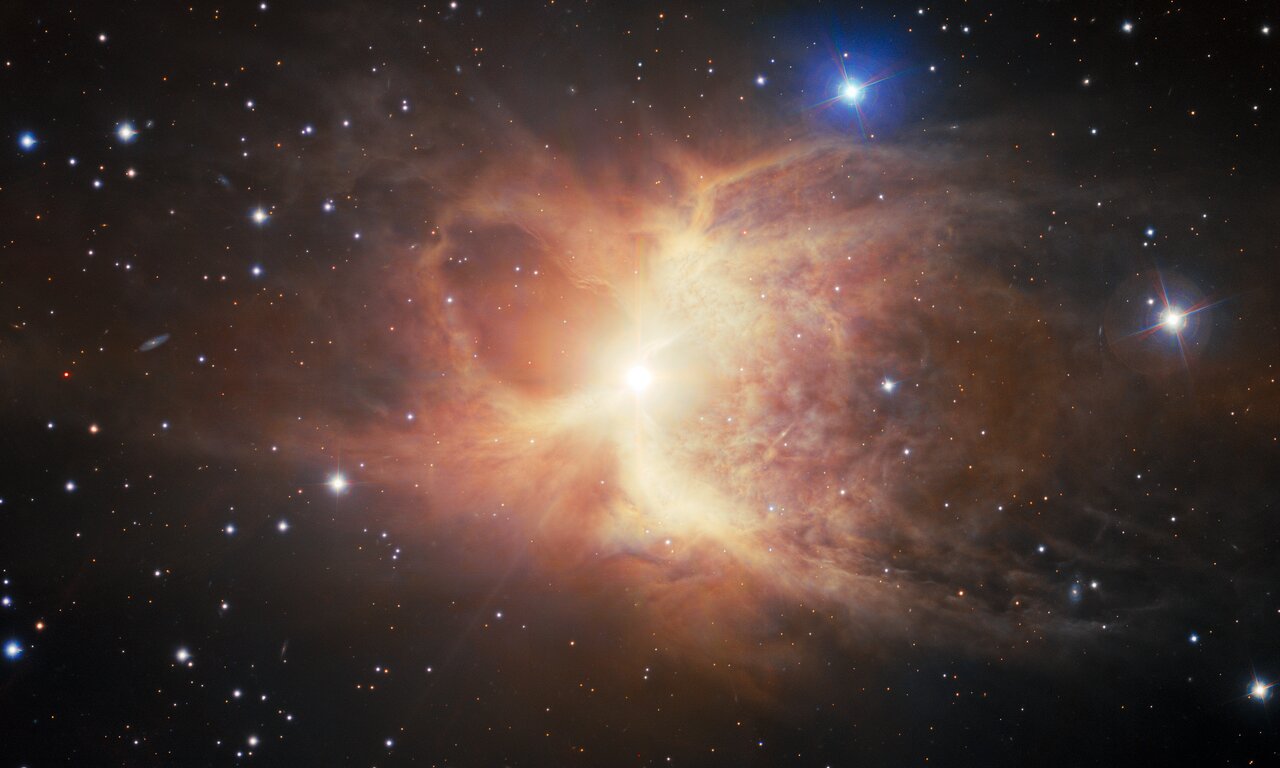
Continue reading
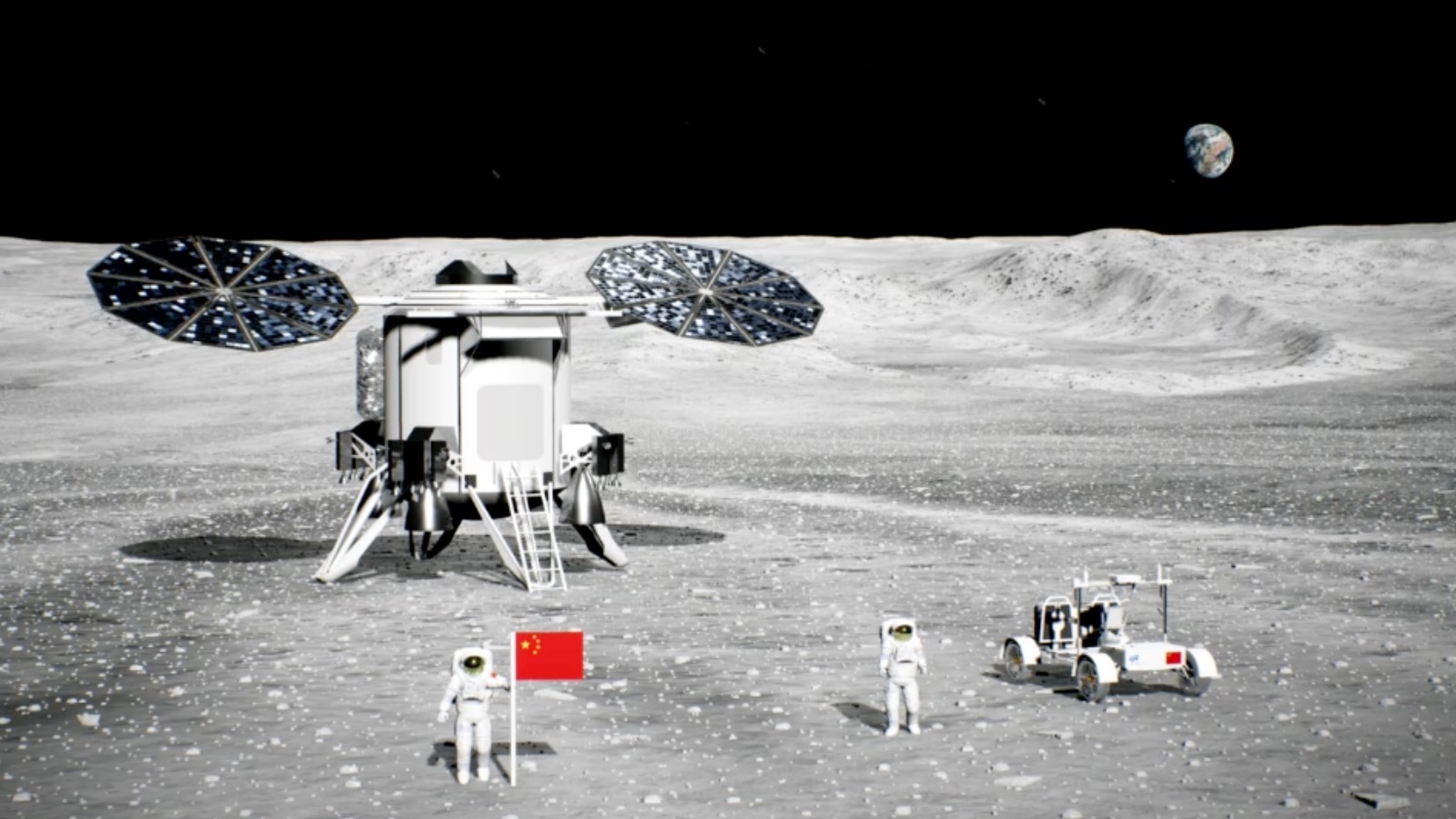
At a recent summit, China revealed new details about its first crewed lunar mission scheduled for 2030, including schematics, graphics, and designs for the rockets, lander, and surface elements.
Continue reading
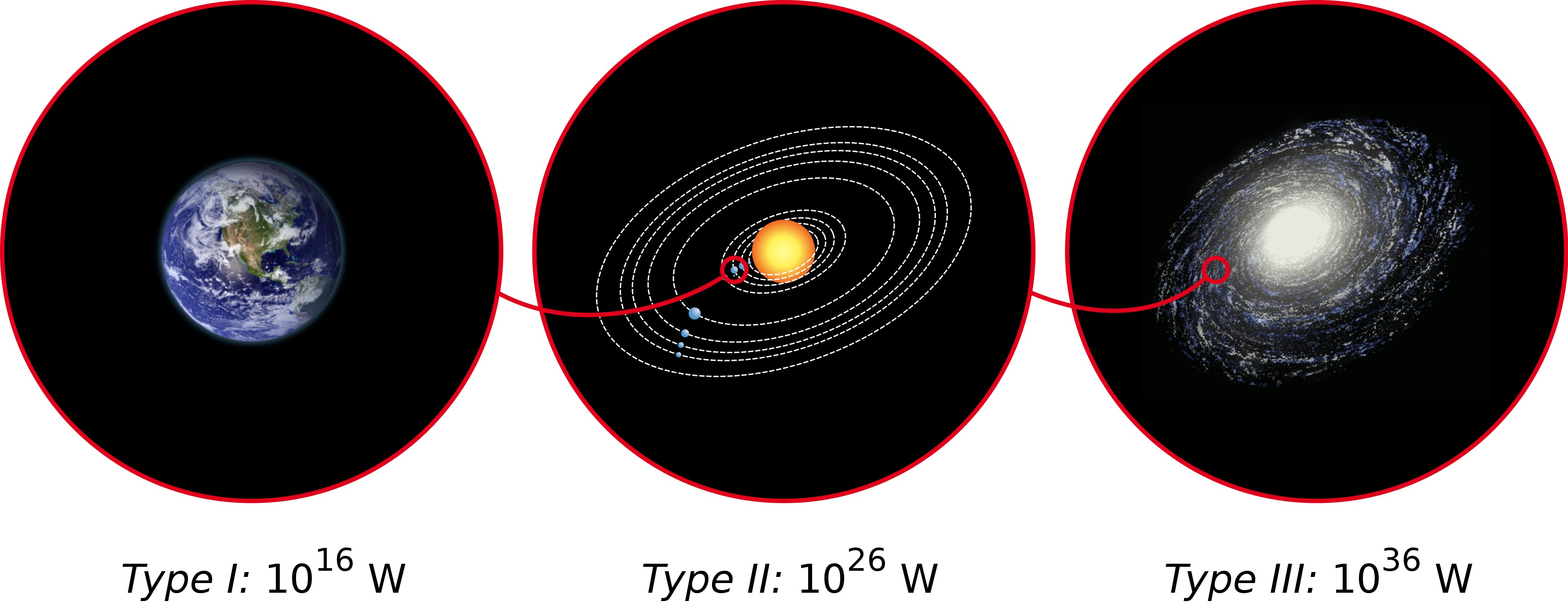
Astronomers have an ultracool star that only has a surface temperature of 425 degrees centigrade, cooler than the cleaning cycle of a typical oven. For comparison, the Sun has a surface temperature of about 5600 C. This isn't the coldest star ever seen, but it's the coldest that was discovered using radio astronomy. This class of ultracool brown dwarfs is challenging to find because they don't have the kind of dynamics that produce magnetic fields and generate radio waves. Stars are active in the radio spectrum because of their magnetic fields, so it's puzzling to find these brown dwarves so inactive.
Continue reading
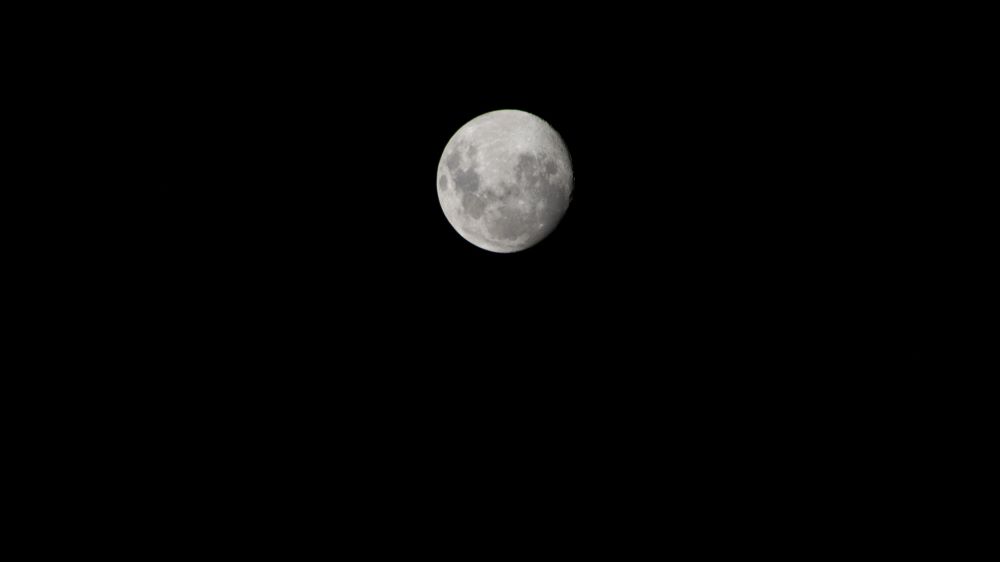
Continue reading
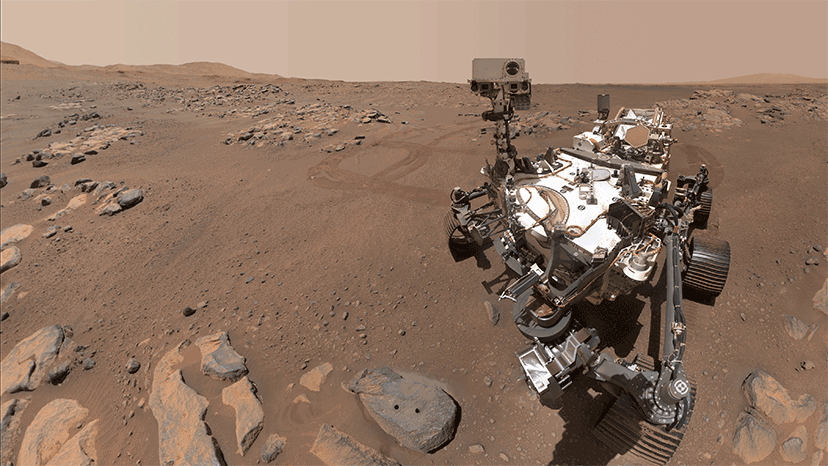
Continue reading
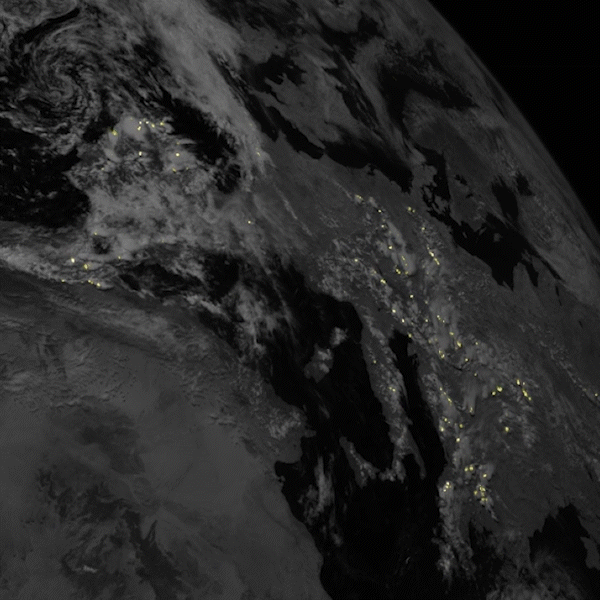
Continue reading
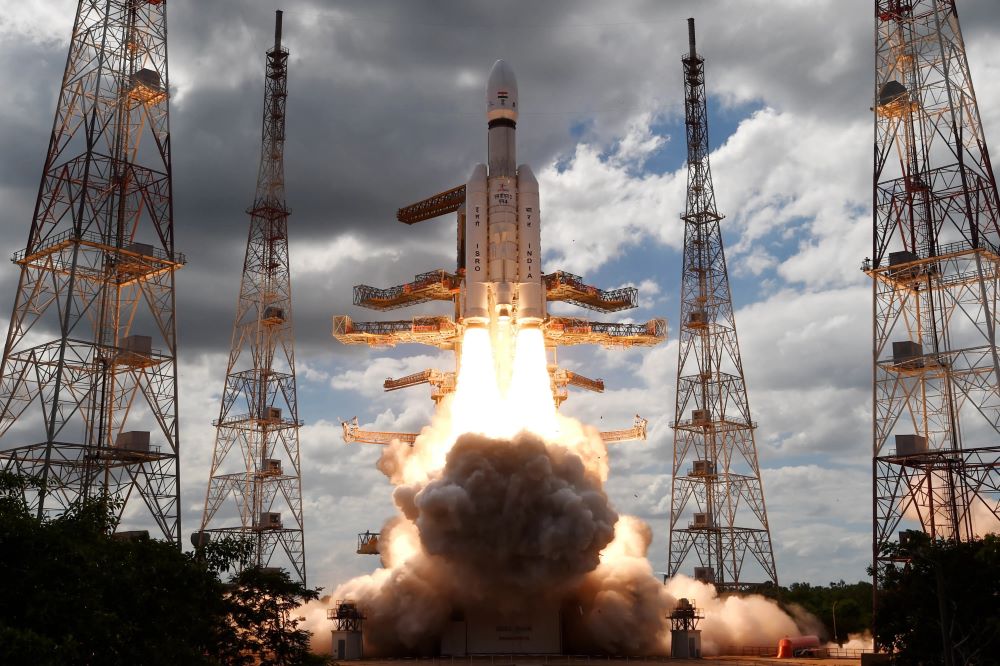
Continue reading
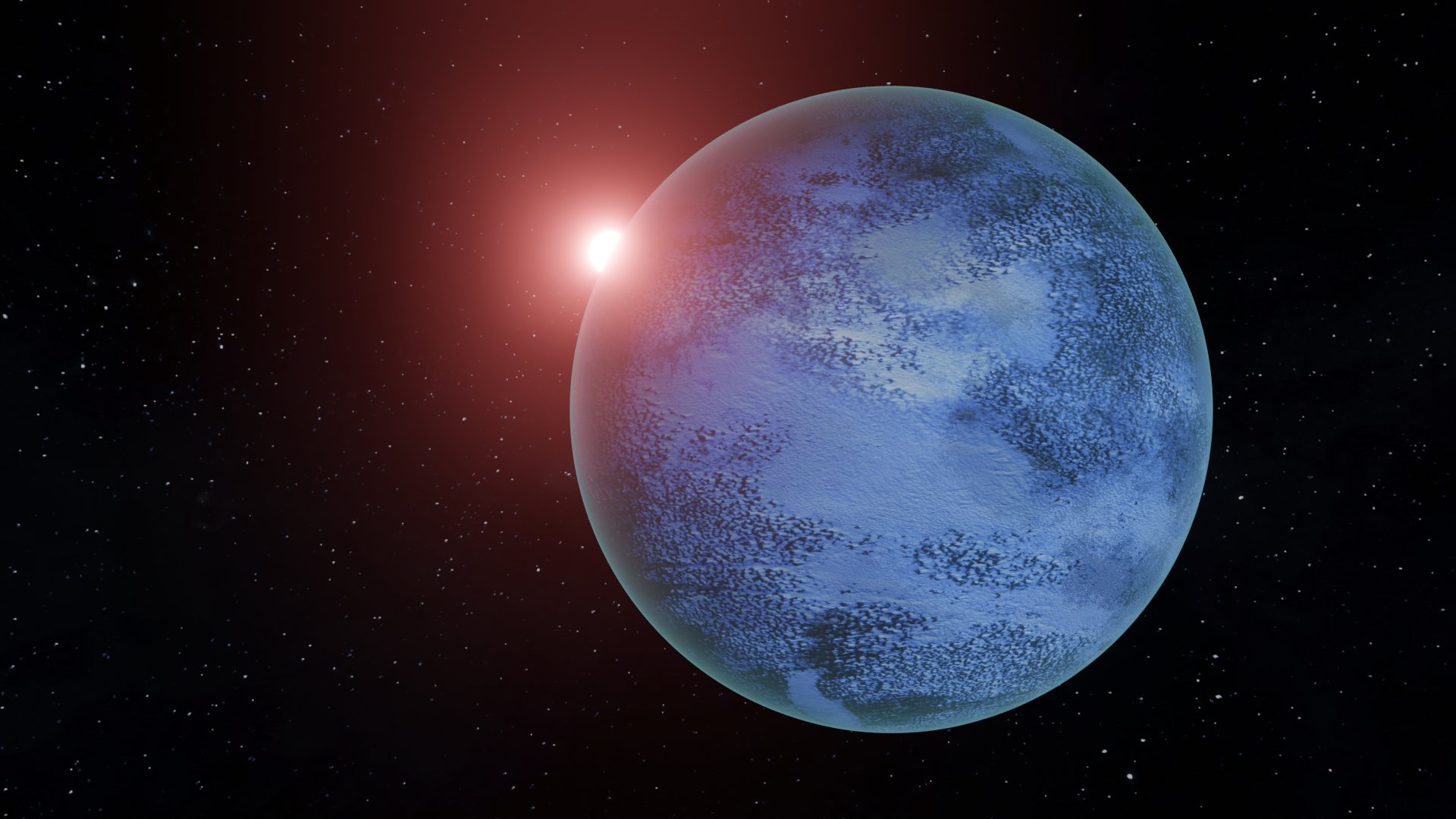
Astronomers previously believed that you needed a special environment for a rocky planet to have liquid oceans on its surface, with just the right temperature and surface pressure. But a new study suggests that the radioactivity from rocks could melt water. Even if the surface is frozen, there could be oceans of water beneath the surface. Researchers suggest that there could be an average of one planet per star with these conditions in the Milky Way - 100 times more likely than previous estimates.
Continue reading
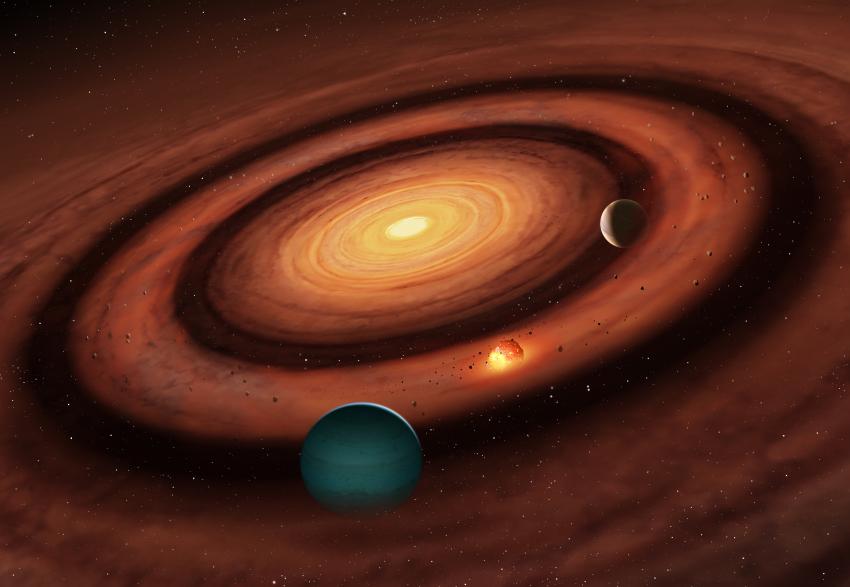
Continue reading
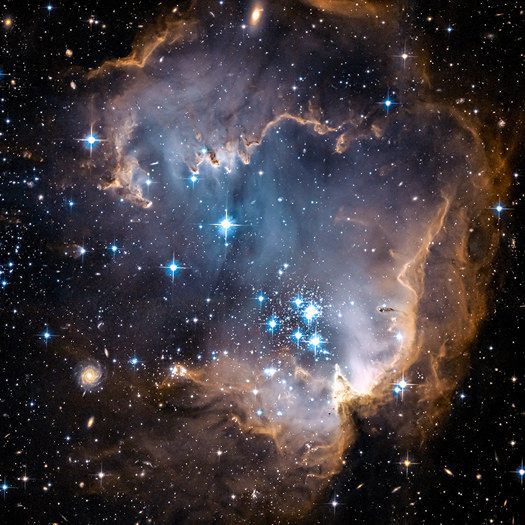
A new paper argues that the universe is 26.7 billion years old. But the model only works by assuming tired light and changing physical constants.
Continue reading

Continue reading
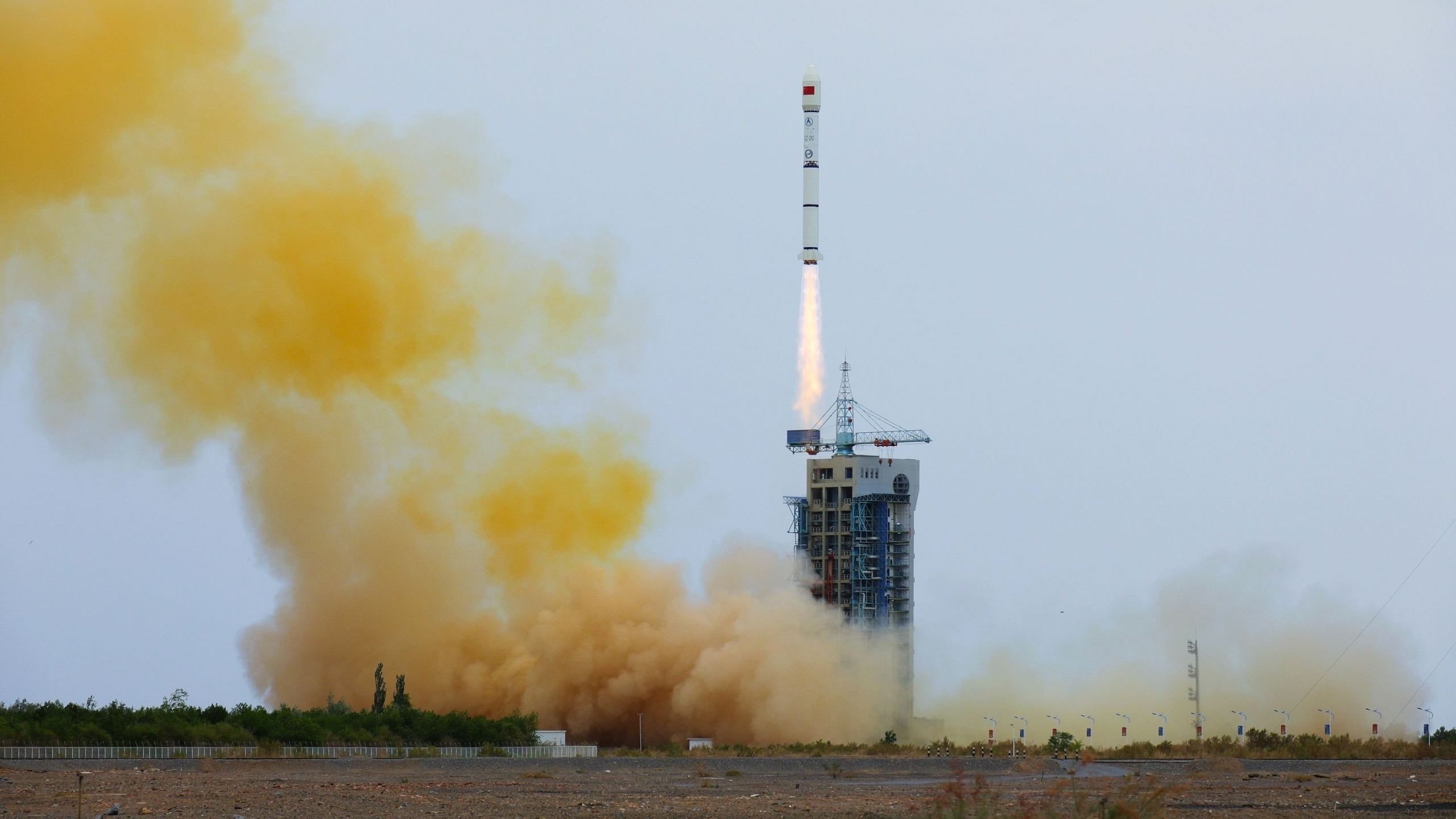
China just launched the first in a series of broadband internet satellites, which could lead to another mega-constellation.
Continue reading
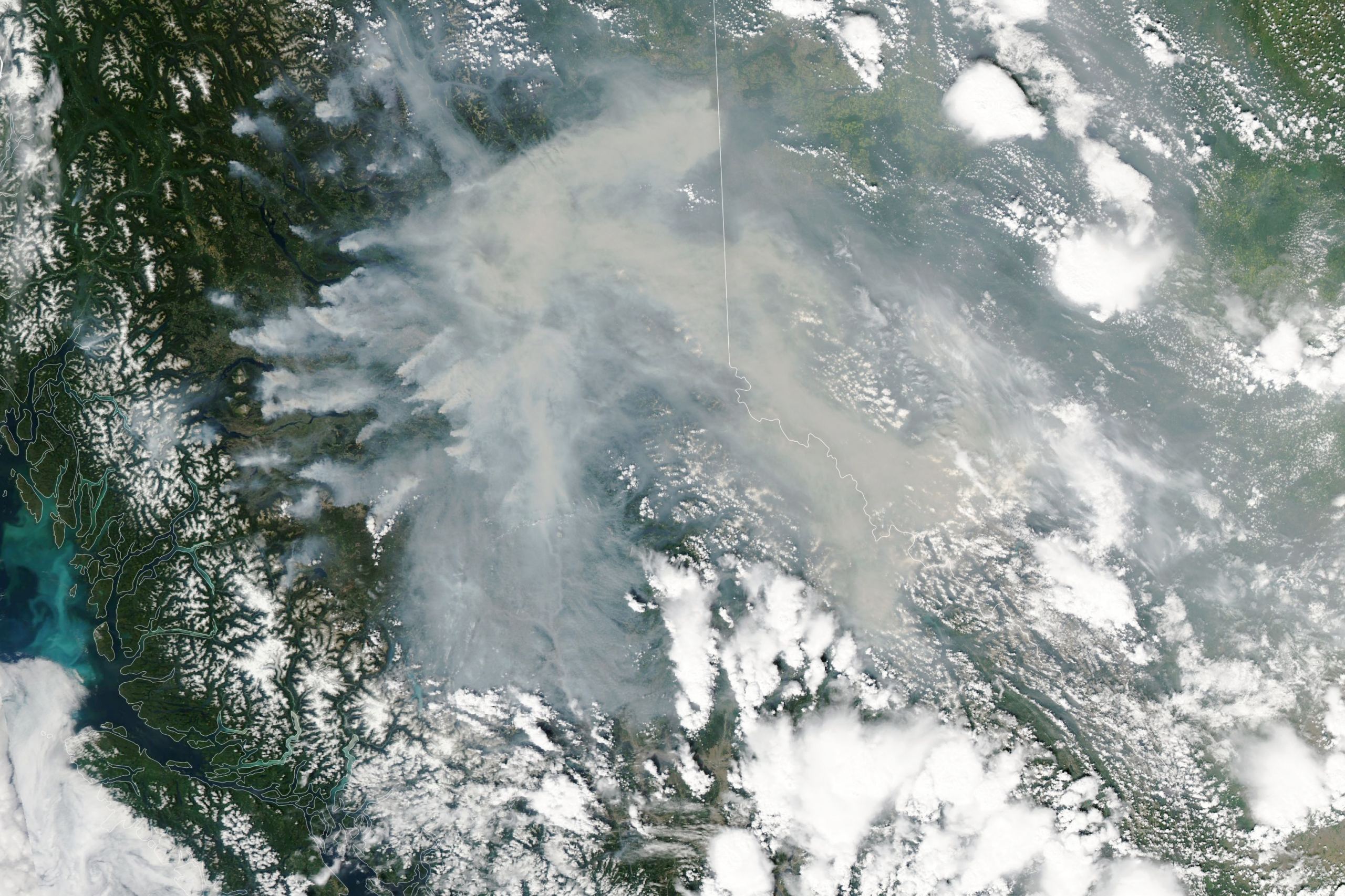
Wildfires in British Columbia and Canada, driven by Climate Change, established new records this year.
Continue reading

Saturn's moon Enceladus is one of the most promising places to look for life in the Solar System. It has an ocean of liquid water venting into space, and evidence from Cassini suggested that it's filled with organic molecules and nutrients for bacteria. A new mission that could continue the search, the Astrobiology eXploration at Enceladus (AXE), has been proposed. This would be a New Frontiers-class mission with a modest budget and a suite of instruments specifically chosen to maximize the science at Enceladus.
Continue reading
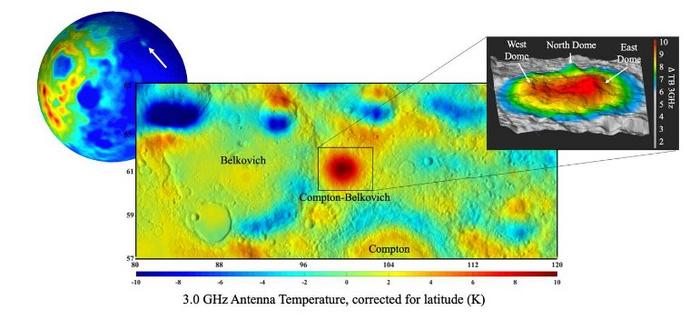
Continue reading
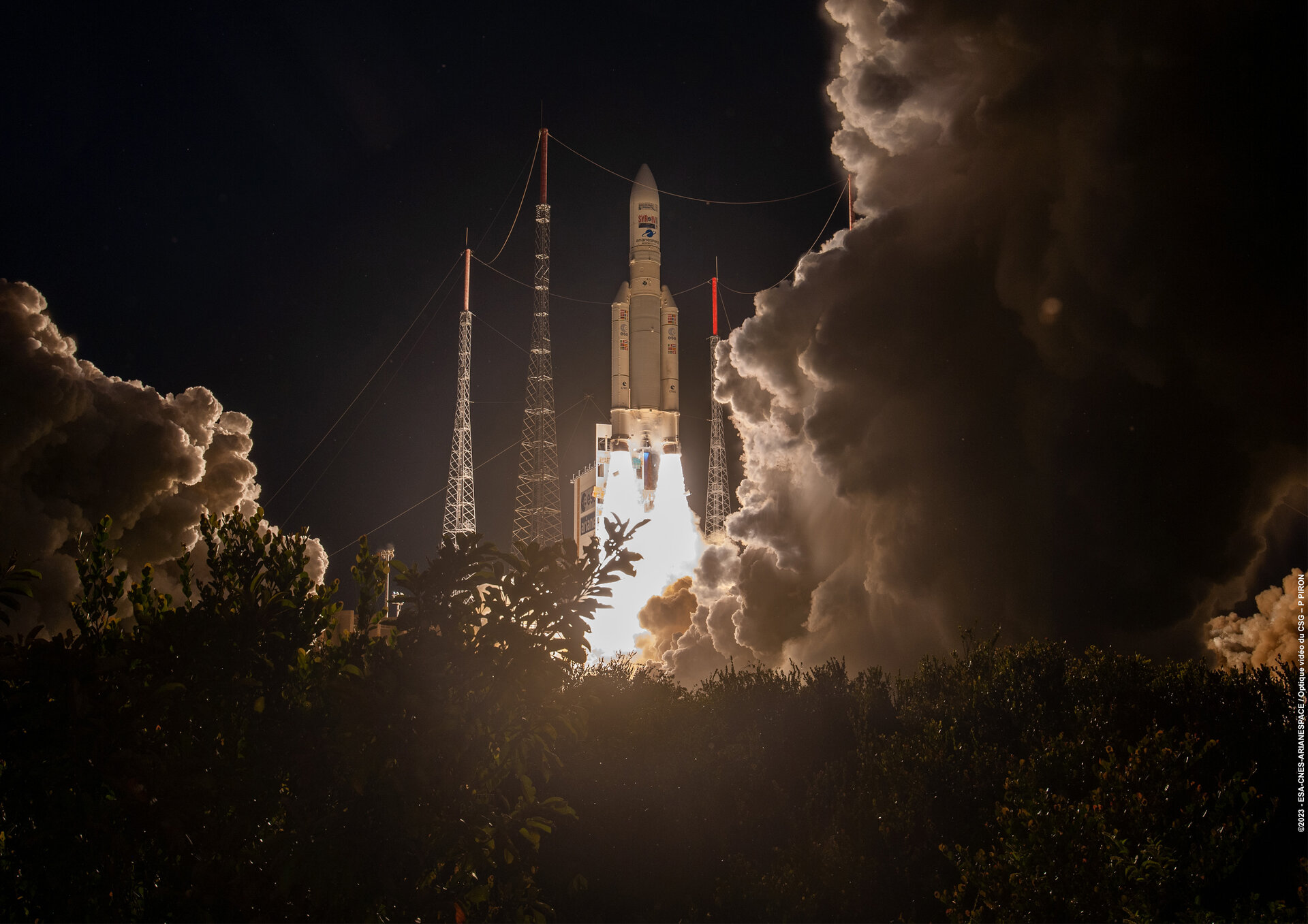
The ESA's Ariane 5 rocket just conducted its last launch to space.
Continue reading
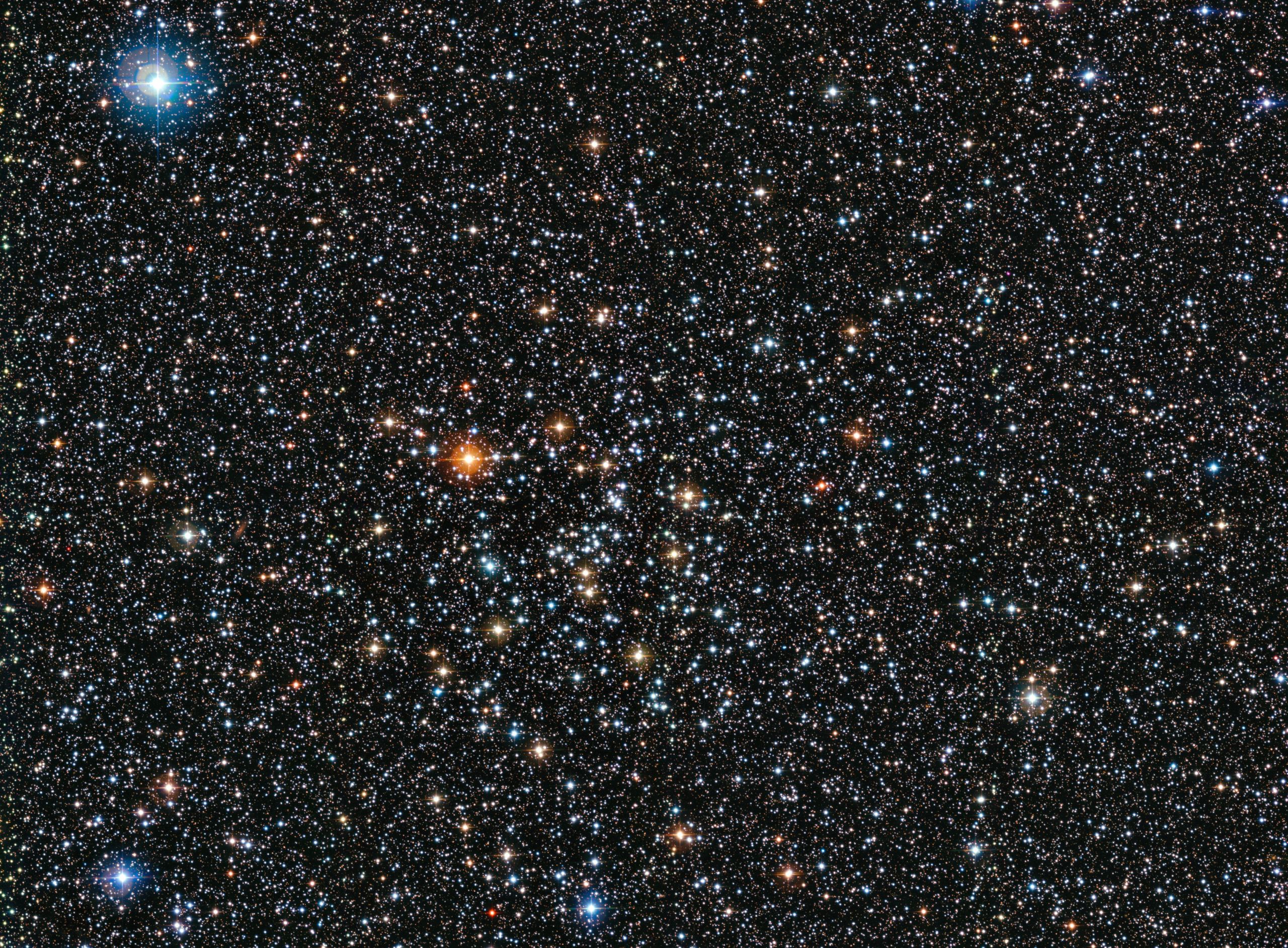
A new machine learning technique could make it much easier to estimate the age of stellar populations.
Continue reading
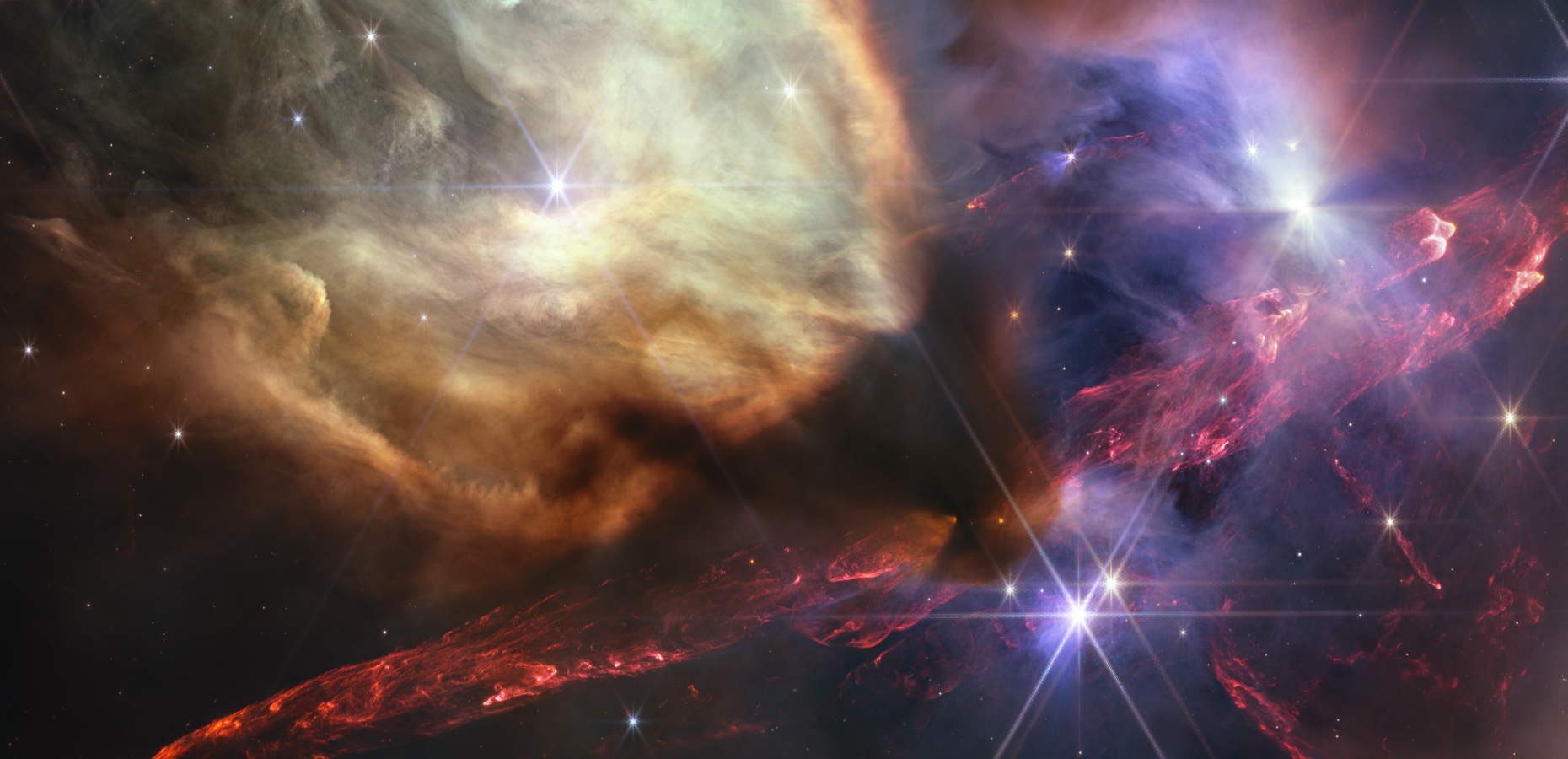
It's been a year since JWST began its operations, so the people behind the telescope released a stunning new image to celebrate. The Rho Ophiuchi complex is already a famous target for astrophotographers because of its many-colored splendor. Under JWST's infrared gaze reveals the closest star-forming region to Earth in all its glory. Jets are blasting out of newly forming stars, impacting the surrounding interstellar gas and lighting up molecular hydrogen. Some of the stars even have the shadows of circumstellar disks.
Continue reading




















